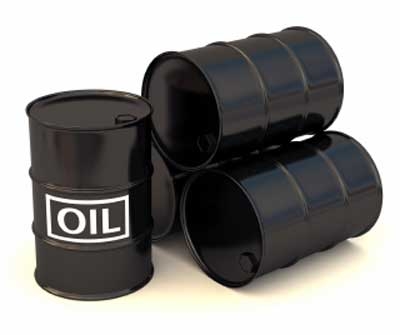
What you need to know about Indonesia’s fuel subsidies
The required amount of subsidy could balloon by IDR41bn if oil prices average USD120/bbl this year.
DBS Group Research said:
With oil prices staying steady above USD120/bbl, pressure has been building on the government to raise subsidized fuel prices. Under current budget assumptions of oil prices averaging USD90/bbl, IDR123bn has been earmarked for fuel subsidies in 2012.
If oil prices average USD120/bbl this year, the required amount of subsidy will balloon by IDR41bn (assuming that the current quota of 40mn kiloliters for subsidized fuel remains constant). If we factor in the additional fuel consumption for this year, the overall subsidy figure will be even larger. This is a definite negative for the fiscal outlook, but in the immediate term, Indonesia’s budget position can handle the additional stress.
Over the last few years, underspending on the part of the government resulted in fiscal deficits averaging less than 2% of GDP. As nominal GDP growth has been at double digits (around 15%), the overall debt burden on the government has been declining. Therefore even if the current subsidy regime is maintained, a larger budget deficit is still unlikely to shake the country’s fiscal position.
However, keeping subsidized fuel prices depressed does have significant drawbacks. Firstly, questions have already been raised regarding the government’s reform drive. Over the last two years, the government appeared to have missed out on the opportunity to reduce fuel subsidies when oil prices were still relatively low.
Even if the government’s fiscal position is strong, fuel subsidies are still a drain on resources and imply that there will be less funds available for capital spending. With no market mechanism for dealing with fuel prices, the risk of an oil price shock will remain a threat to the government’s fiscal condition.
Fitch and Moody’s have already upgraded Indonesia’s credit rating to investment-grade, while S&P has the outlook on positive watch. To cement an investment grade credit rating from all three agencies, the level of fuel price at IDR4,500/liter (which has been essentially unchanged since 2005) has got to be adjusted closer to market prices of around IDR8,000/liter.
With an aim to increase fuel prices by April, an announcement should be imminent. We think that in spite of protests, it is still likely that the government will implement a price hike of between IDR1000-1500/liter.
























 Advertise
Advertise






